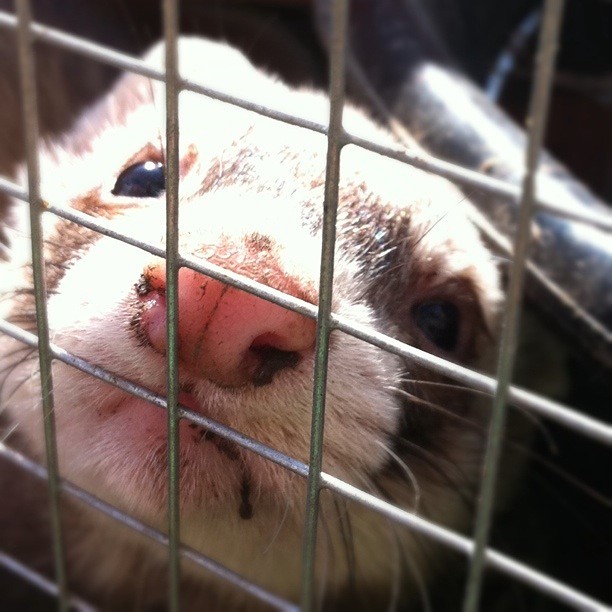A recent mammal H5N1 avian flu strain and an H5N1 virus strain from an infected Texas dairy worker showed low but increased ability to transmit by air compared to older H5N1 strains, according to a ferret study published yesterday by a research team based at Erasmus University Medical Center in the Netherlands.

To assess the public health risk of the newer H5N1 viruses, the team examined virus shedding in the air by examining experimentally infected ferrets. The animals were placed in cages connected to aerosol samplers that captured infectious virus expelled in the air. The group published its findings in Nature Microbiology.
With groups of four ferrets, scientists tested six different viruses to assess differences in airborne shedding, which included 2009 H1N1 seasonal flu, a wild-type zoonotic Indonesian H5N1 virus from 2005 and a modified version of the virus that was earlier found to be transmissible by the air among ferrets, a 2022 H5N1 virus from a European polecat, a 2024 H5N1 virus from a Texas dairy worker, and a 2024 H5N1 virus from an Ohio dairy cow.
Results were similar to transmission studies
The researchers found that the 2009 H1N1 virus was efficiently shed by the ferrets in the air, but air sampling didn't detect any older wild-type or recent bovine virus. Meanwhile, they observed shedding for one of four ferrets infected with the 2022 polecat strain and the 2024 virus isolated from the dairy workers.
They said the shedding data resembled results from ferret-to-ferret transmission studies and that the lack of shedding in the air rather than the absence of mammalian adaptation mutations may explain the absence of transmission of the older H5N1 viruses.
"Given the ongoing epizootic in cattle and the high risk of exposure for farm and dairy workers and domestic and wild mammals to infected cows and contaminated milk, it is crucial for effective outbreak control and public health safety to understand how this virus spreads among cattle, its potential for mammalian adaptation and its capacity for airborne transmission," the authors concluded.















